Archives
- 2025-12
- 2025-11
- 2025-10
- 2025-09
- 2025-03
- 2025-02
- 2025-01
- 2024-12
- 2024-11
- 2024-10
- 2024-09
- 2024-08
- 2024-07
- 2024-06
- 2024-05
- 2024-04
- 2024-03
- 2024-02
- 2024-01
- 2023-12
- 2023-11
- 2023-10
- 2023-09
- 2023-08
- 2023-07
- 2023-06
- 2023-05
- 2023-04
- 2023-03
- 2023-02
- 2023-01
- 2022-12
- 2022-11
- 2022-10
- 2022-09
- 2022-08
- 2022-07
- 2022-06
- 2022-05
- 2022-04
- 2022-03
- 2022-02
- 2022-01
- 2021-12
- 2021-11
- 2021-10
- 2021-09
- 2021-08
- 2021-07
- 2021-06
- 2021-05
- 2021-04
- 2021-03
- 2021-02
- 2021-01
- 2020-12
- 2020-11
- 2020-10
- 2020-09
- 2020-08
- 2020-07
- 2020-06
- 2020-05
- 2020-04
- 2020-03
- 2020-02
- 2020-01
- 2019-12
- 2019-11
- 2019-10
- 2019-09
- 2019-08
- 2019-07
- 2019-06
- 2019-05
- 2019-04
- 2018-07
-
Quinidine sale Although the amino acid sequences of
2020-11-13
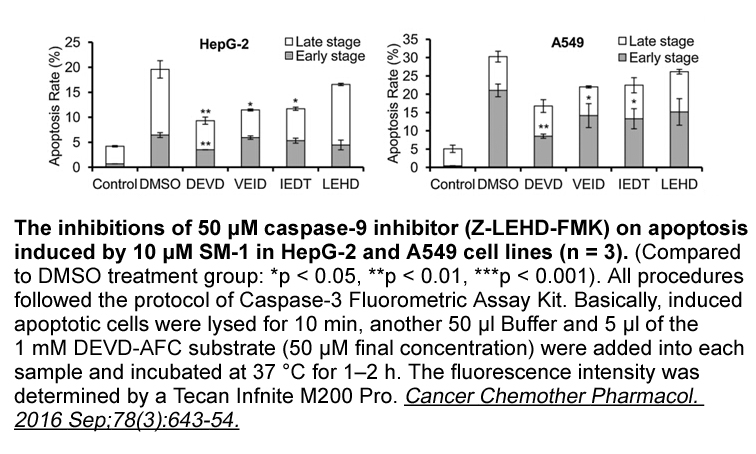
Although the amino Quinidine sale sequences of CUL4A and CUL4B share 82% identity, the existing studies have shown that these two proteins do not have significant functional redundancy. Elevated expression of CUL4A has been observed in a variety of cancer cells, such as breast cancer, ovarian cance
-
The best characterized APC C substrates are recruited via va
2020-11-13

The best-characterized APC/C substrates are recruited via various linear motifs (e.g., D boxes, KEN boxes, and ABBA motifs) that serve as degrons, binding to distinct regions of the β-propeller domain of a coactivator (Figure 1, Figure 3B) (reviewed in [44]). In addition, D boxes also simultaneously
-
Initially the cause of hypoglycemia was not apparent
2020-11-13

Initially, the cause of hypoglycemia was not apparent. There was no detectable lesion in the pancreas on plain computed tomography, and anti-insulin antibody was negative. Eight hours after hospital admission, his son discovered that the patient had accidentally taken glimepiride 3mg/day for 3 days.
-
To overcome problems with the
2020-11-13

To overcome problems with the biochemical reconstitution of these heterodimeric cytokines fusion strategies linking both subunits together have been proposed inspired by the “hyper-IL-6” [28]. Much like fusing a protein to a solubility enhancing protein such as MBP or SUMO, fusing two subunits of a
-
Cysteine protease inhibitors representing several chemical s
2020-11-13
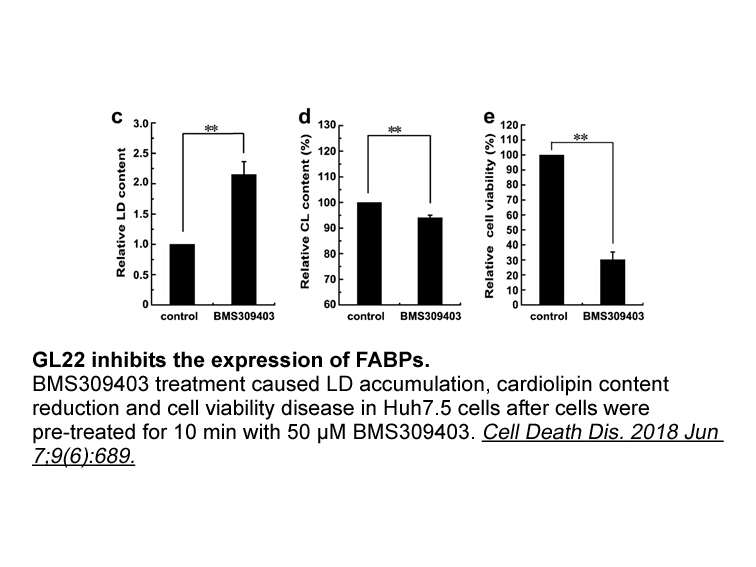
Cysteine protease inhibitors representing several chemical scaffold types are effective in halting parasite replication without toxicity to the host (Renslo and McKerrow, 2006). A vinyl sulfone cysteine protease inhibitor, K11777, is completing final Good Laboratory Practice (GLP) preclinical tests
-
In conclusion the magnitude of the association between prena
2020-11-13

In conclusion, the magnitude of the association between prenatal exposure to MeHg and child neuropsychological development appears to be modified by polymorphisms in CYP3A7 and CYP3A5 genes in some of the populations studied. These results provide some support for the hypothesis that CYP3A genes may
-
br Discussion Our data demonstrate that the bicyclam AMD str
2020-11-13
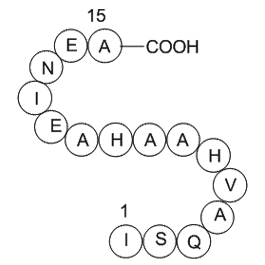
Discussion Our data demonstrate that the bicyclam AMD3100 strongly interacts with CXCR-4, whereas DS and AR177, two other compounds that also interfere with virus entry into the biotin products (and interfere with virus binding), do not. AMD3100 is a unique compound in that it interferes with th
-
fty In the present study Asian
2020-11-13
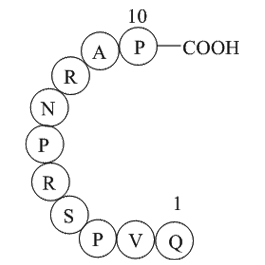
In the present study, Asian swamp eel CXCR1a (MaCXCR1a), MaCXCR1b, MaCXCR2, MaCXCR3a, MaCXCR3b, and MaCXCR4 were identified from the Asian swamp eel genome. To explore the features and functions of these CXCRs, we focused on the identification and molecular characterization of MaCXCRs, and fty analy
-
As described above we designed and
2020-11-13
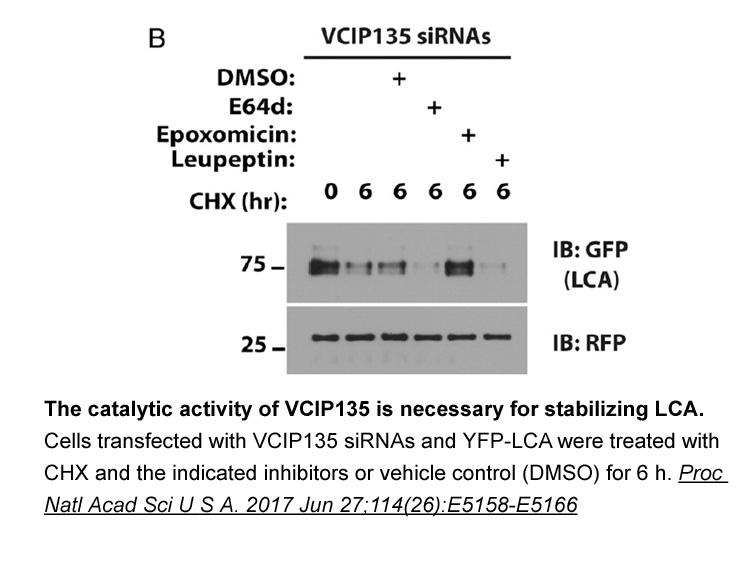
As described above, we designed and synthesized a new 1,4-di-substituted isoquinoline lead compound, and was identified as a ligand with moderate potency for the CRTH2 receptor. We initially we examined the effects of the steric factor of R group on the CRTH2 binding potency (). When the methyl gro
-
The conventional medical therapy for IBD
2020-11-13

The conventional medical therapy for IBD consists in reducing the inflammatory response using various strategies that exert severe side-effects, a strategy that also decreases the risk of colon carcinoma [13], [14]. During the last decade, the activation of the cholinergic system has been proposed f
-
In the original ELF study patients were considered eligible
2020-11-12

In the original ELF study [7], patients were considered eligible if they were due to undergo liver biopsy for the investigation of chronic liver disease, defined as abnormal biochemical liver function tests persisting for more than 6 months, ability to provide informed consent and age between 18 and
-
Stable isotope studies applied to
2020-11-12
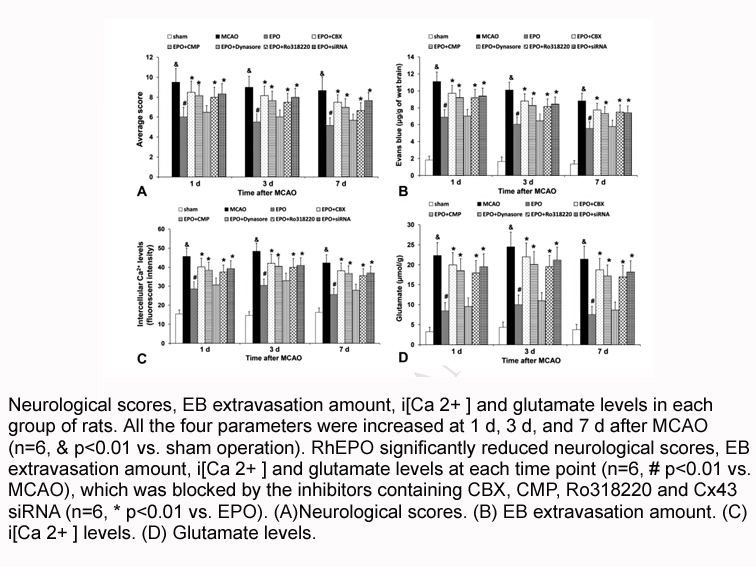
Stable isotope studies, applied to skeletal remains of early Pacific populations, have shown a trend toward a horticultural diet with temporal variation in response to local environmental conditions (Field et al., 2009; Kinaston and Buckley, 2013; Valentin et al., 2010, Valentin et al., 2014; Kinast
-
Propidium iodide receptor br Conflict of interest statement
2020-11-12

Conflict of interest statement Acknowledgements Introduction Spending their last days on earth having already lost many cognitive functions remains a major fear of elderly people. Although during the last century their lifespans increased, the so-called “old-age diseases” became more and mo
-
In S cerevisiae Mek a
2020-11-12
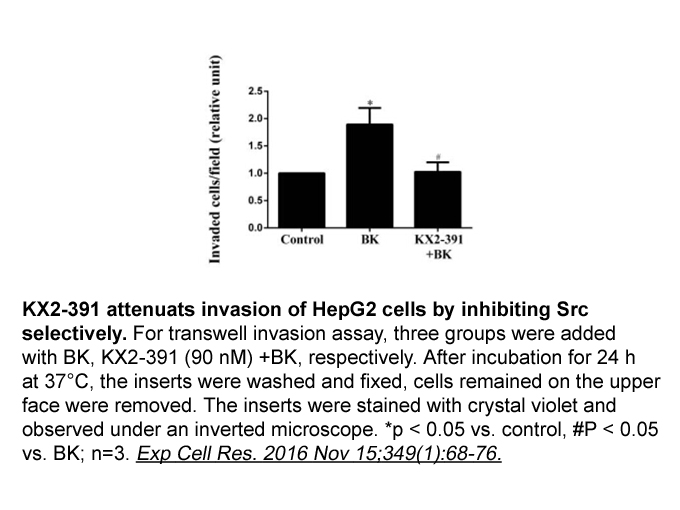
In S. cerevisiae, Mek1, a paralog of the checkpoint kinase Chk2, mediates cell-cycle arrest in response to meiotic defects (Bailis and Roeder, 2000, Xu et al., 1997). Mek1 is associated with meiotic chromosome axes, where its activation requires interactions with two other axis proteins, Hop1 and Re
-
In the literature we can find two
2020-11-12
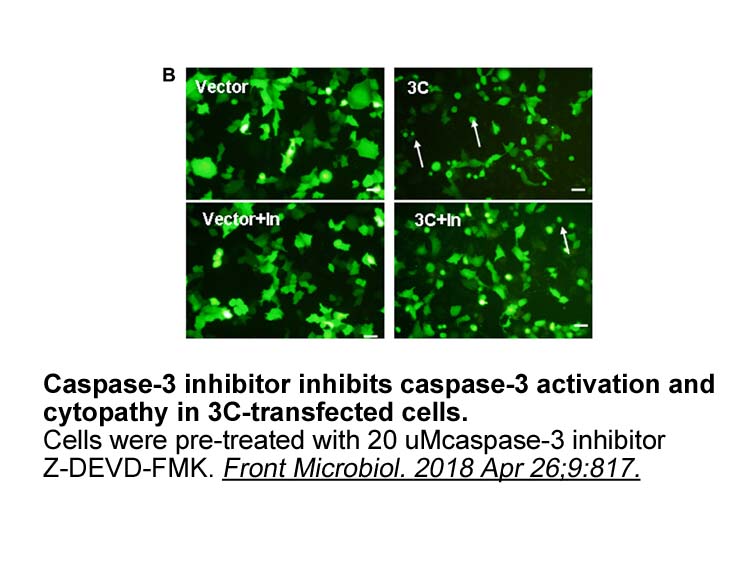
In the literature, we can find two different modes of action for estrogens: Firstly there is the commonly accepted genomic pathway. Estrogens pass the cell membrane due to their lipophilic character via diffusion and bind to estrogen receptors (ERs) in the cytoplasm. After binding a dimerization of
16185 records 791/1079 page Previous Next First page 上5页 791792793794795 下5页 Last page